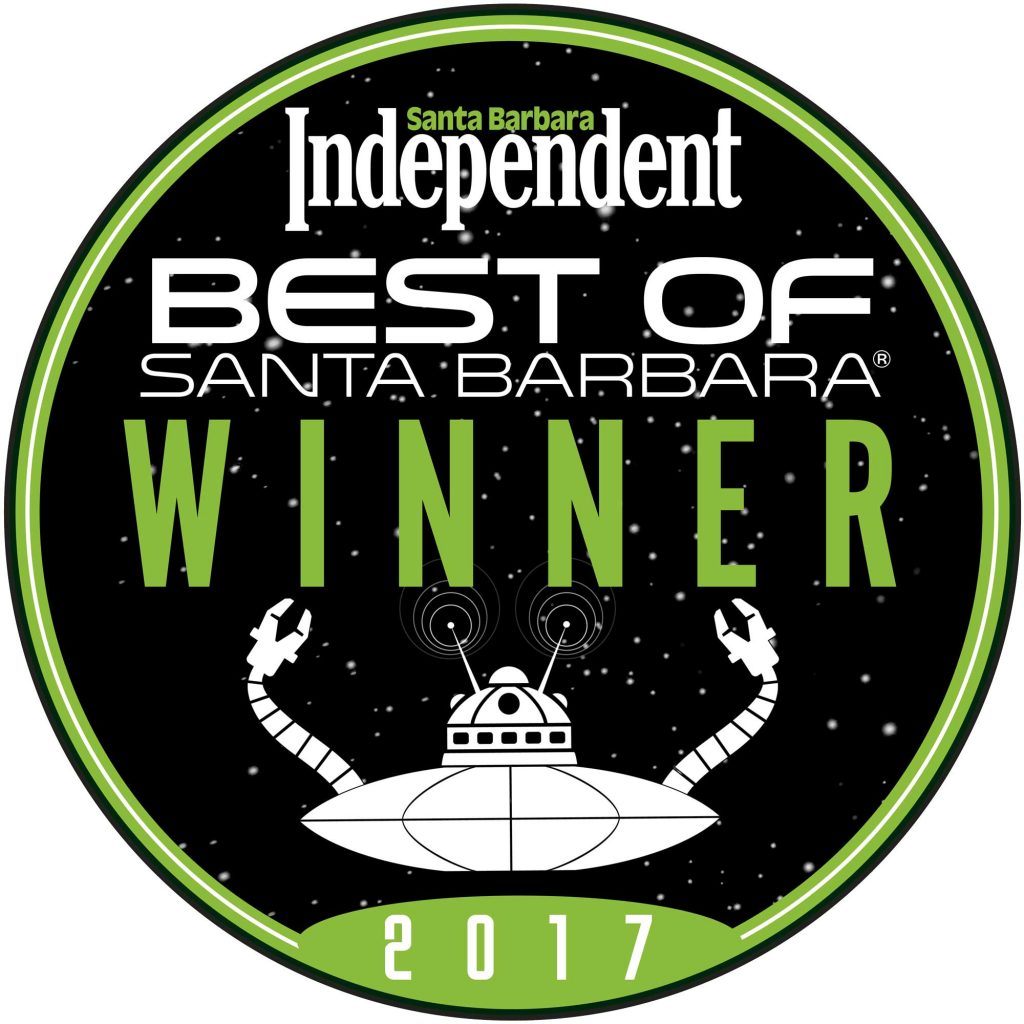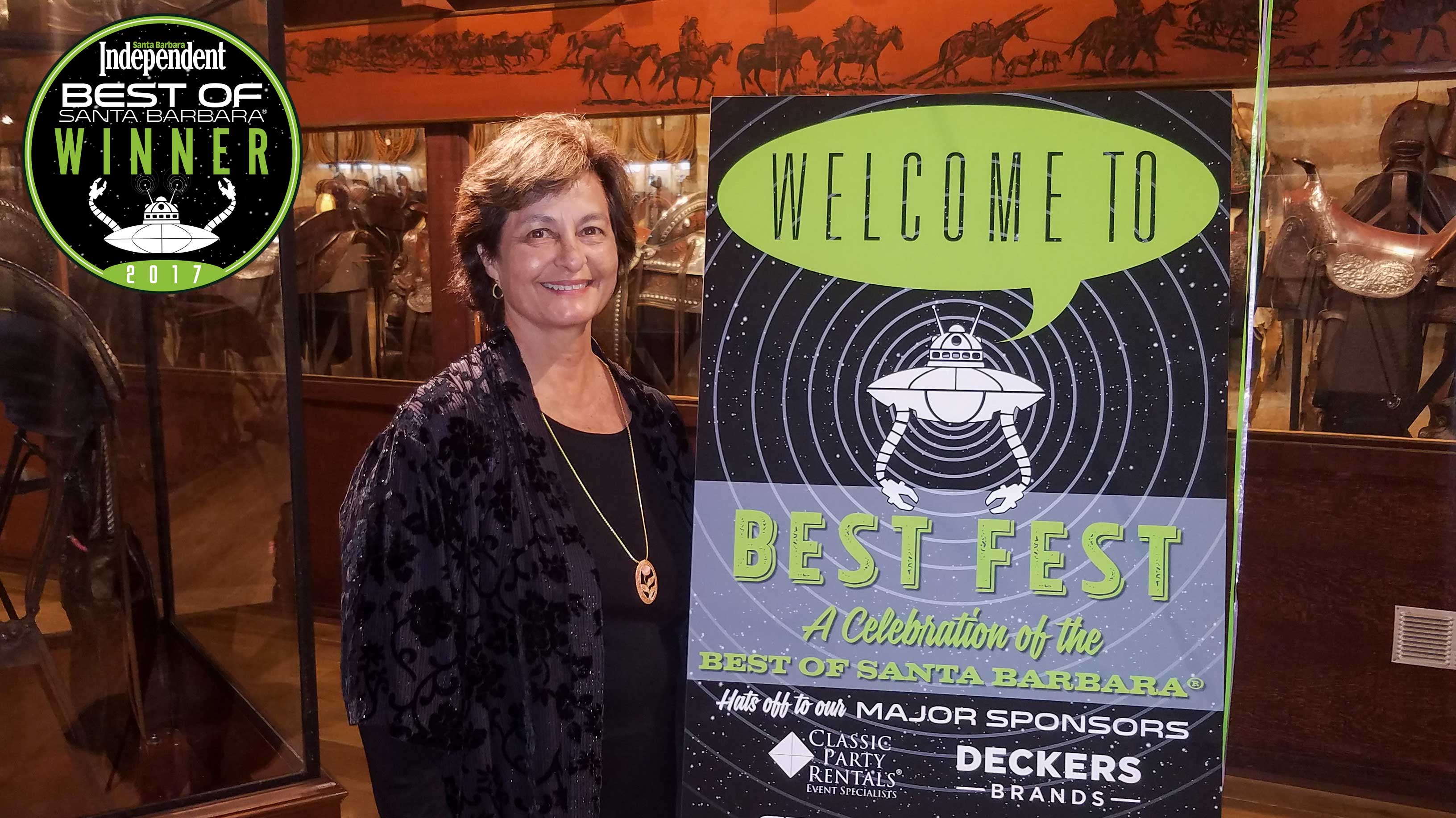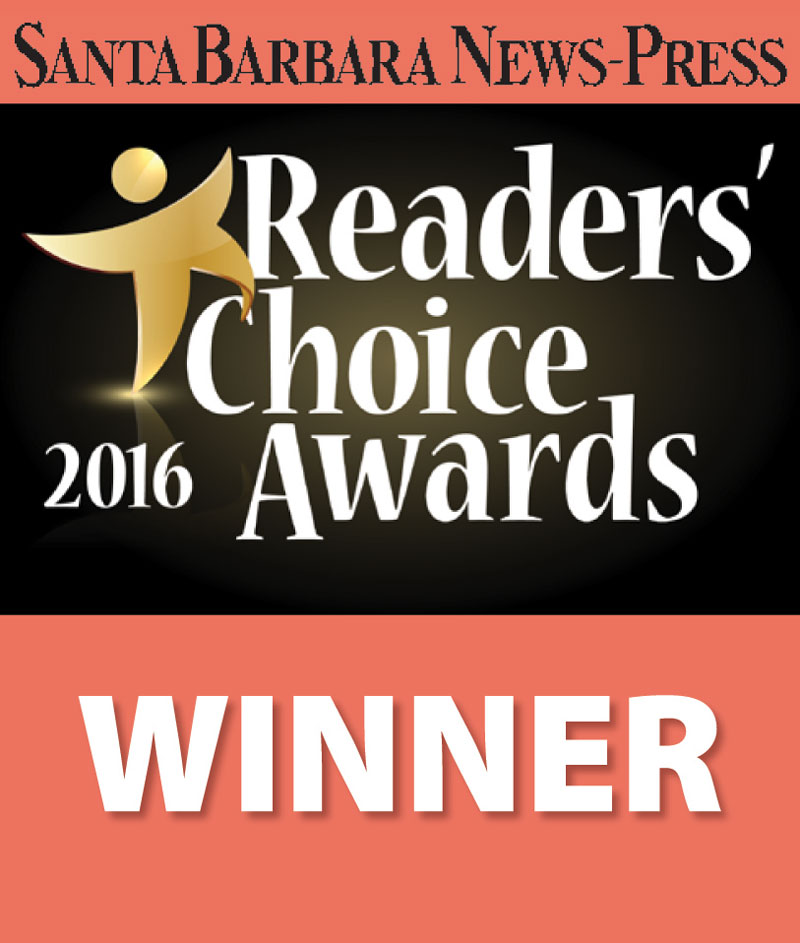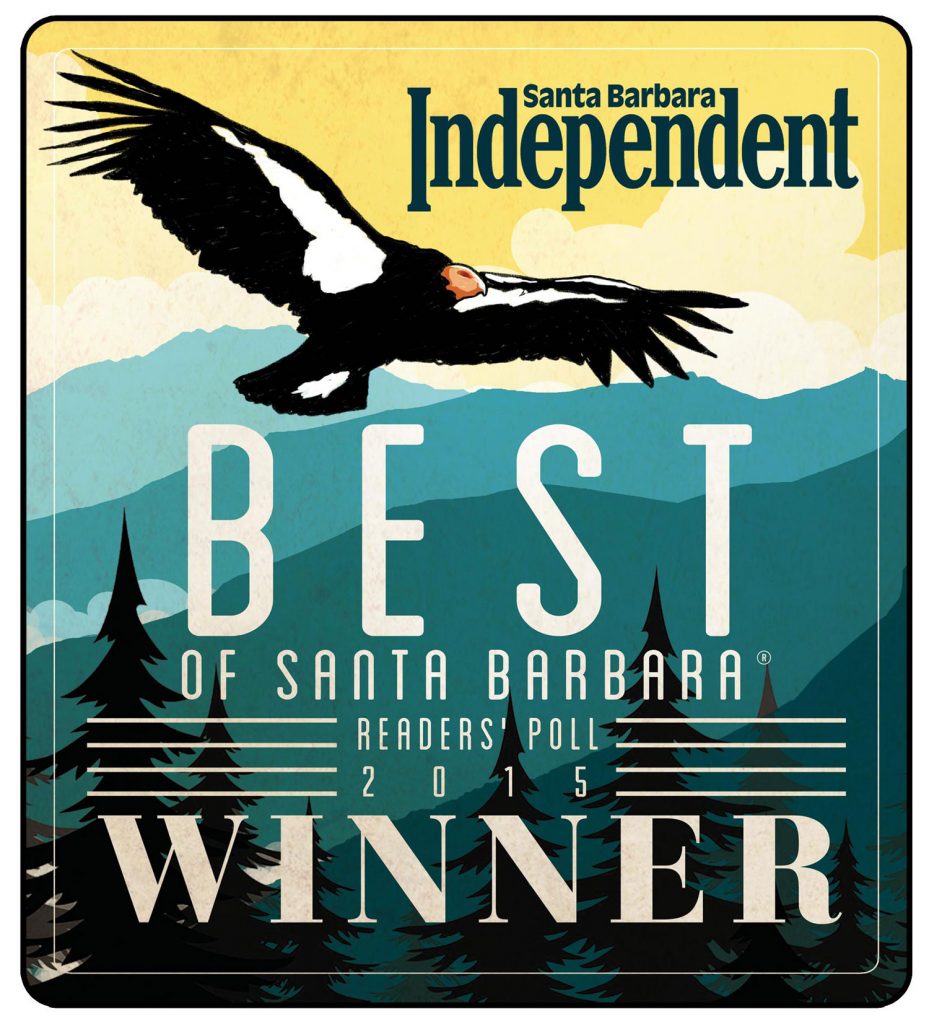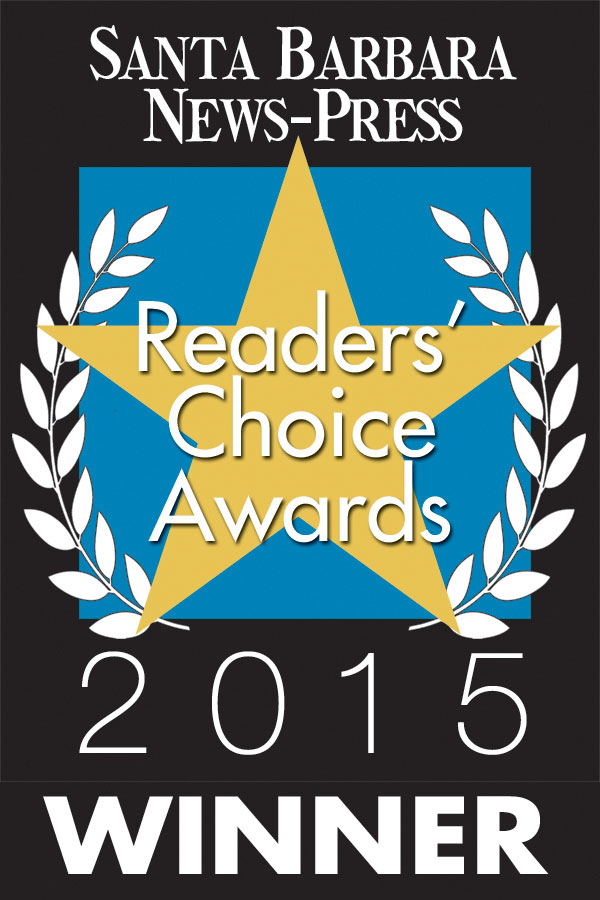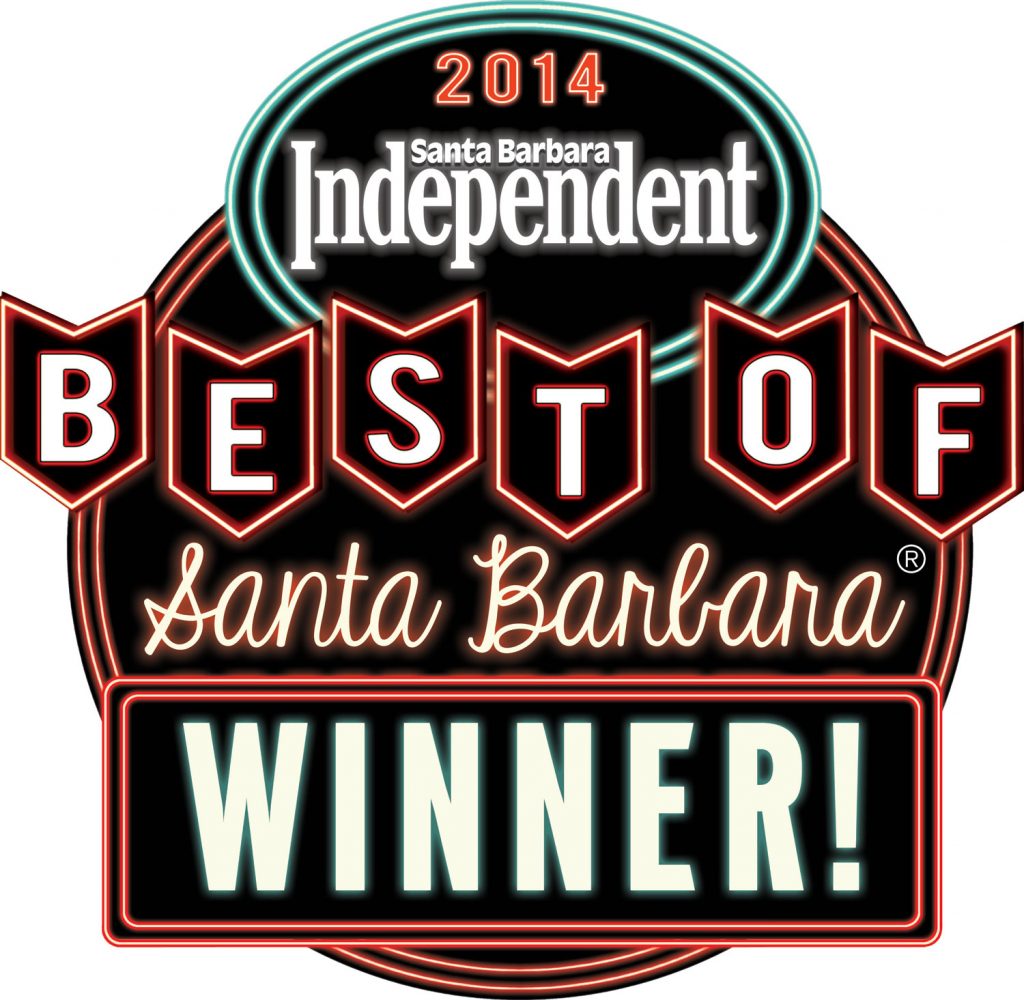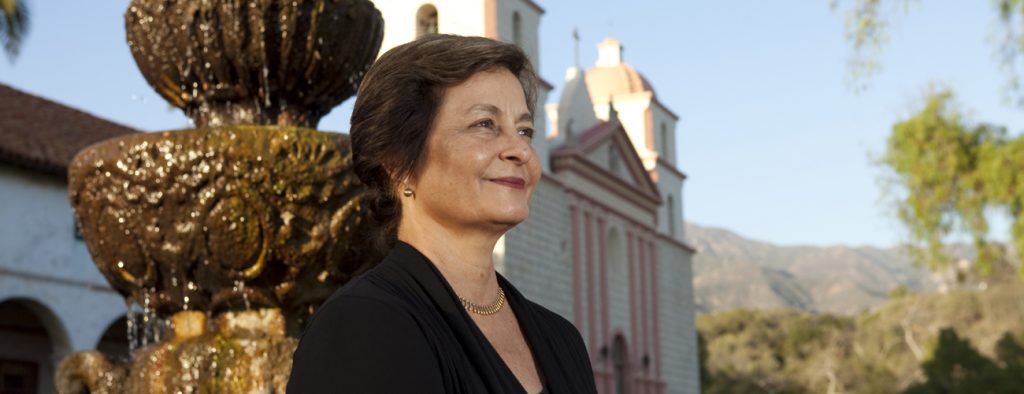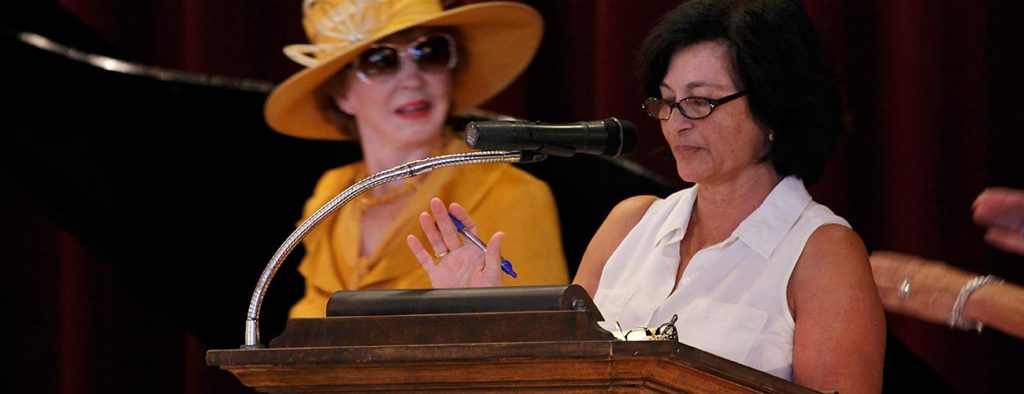An Ode to the “Live Music Capital of the World”: A Deep Dive into Austin, Texas
Austin, the capital city of Texas, is a vibrant paradox—a fast-growing metropolis that clings fiercely to its “weird” counter-culture roots. While it’s a major hub for technology and government, its soul is defined by a deep-seated love for live music, independent art, and the great outdoors. This unique blend of progress and laid-back authenticity has made Austin one of America’s most dynamic and desirable cities, a place where innovation and creativity thrive side-by-side.
A Storied History and Political Center
Austin’s history is as colorful as the city itself. Founded in 1839 as the capital of the newly independent Republic of Texas, the city was originally named Waterloo. It was soon renamed in honor of Stephen F. Austin, the “Father of Texas.” Its location was a point of controversy, with many fearing its vulnerability to both Native American tribes and the Mexican army. Despite these early challenges, Austin solidified its status as a political and educational center. The completion of the stunning Texas State Capitol in 1888 and the establishment of the University of Texas at Austin cemented its role as the state’s seat of power and intellect.
Over the decades, Austin has weathered multiple economic shifts, from a trading hub after the arrival of the railroad in 1871 to a quiet college town in the mid-20th century. Its current identity began to take shape in the 1970s, as a new wave of musicians, artists, and progressive thinkers were drawn to its liberal politics and low cost of living. This era laid the groundwork for the city’s unofficial motto, “Keep Austin Weird,” a rallying cry against the encroachment of corporate homogenization.
The Unmistakable Rhythm of Austin
You can’t talk about Austin without talking about its music. Known globally as the “Live Music Capital of the World,” music isn’t just an industry here—it’s the city’s beating heart. The sound of a guitar spilling out of a bar on Sixth Street, the soulful strains of a blues band in the Red River Cultural District, or a country singer’s lament in a South Congress honky-tonk are all part of the daily fabric of Austin life. With over 250 live music venues, from small, intimate clubs like the Continental Club to massive festival grounds, there’s always a stage and an audience for every genre.
Two annual festivals have cemented Austin’s global reputation: South by Southwest (SXSW) and the Austin City Limits (ACL) Music Festival. SXSW, a massive convergence of music, film, and interactive media, transforms the entire city each spring into a sprawling creative playground. ACL, held over two weekends in the iconic Zilker Park, showcases some of the biggest names in music against the backdrop of the downtown skyline. Yet, the real magic lies in the everyday experience. You can catch an impromptu set at a coffee shop or discover your new favorite band in a tiny backyard venue, proving that Austin’s musical soul is not just for tourists, but for everyone.
A Thriving Tech Hub and Economic Powerhouse
While music may be its soul, technology is Austin’s engine. Over the past few decades, the city has emerged as a major player in the global tech scene, earning it the nickname “Silicon Hills.” The presence of the University of Texas, a major research institution, attracted early tech giants like IBM and Motorola, and the trend has only accelerated. Today, companies like Dell, Apple, Samsung, and Google have a massive presence, and a thriving ecosystem of startups and venture capital has fueled rapid economic growth.
This tech boom has brought a wave of new residents and opportunities, reshaping the city’s skyline and demographics. While this growth has created challenges, such as rising housing costs and traffic congestion, it has also diversified Austin’s economy and attracted a highly educated and innovative workforce. The fusion of creative arts and cutting-edge technology creates a unique environment where a software engineer might spend their weekend playing in a band, embodying the city’s dual identity.
Outdoor Adventures and Culinary Delights
Beyond the music venues and tech offices, Austin’s natural beauty and commitment to outdoor recreation are central to its identity. The city is bisected by the Colorado River, which forms Lady Bird Lake, a popular spot for kayaking, paddleboarding, and canoeing. The 10-mile Ann and Roy Butler Hike-and-Bike Trail loops around the lake, providing a scenic escape in the heart of the city.
Locals and visitors alike flock to the Barton Creek Greenbelt, a massive public space with miles of trails for hiking, mountain biking, and rock climbing. On a hot summer day, nothing beats a dip in Barton Springs Pool, a three-acre, spring-fed natural pool with a refreshing year-round temperature. And from March to October, thousands gather at the Congress Avenue Bridge at dusk to witness the spectacular flight of 1.5 million Mexican free-tailed bats, the largest urban bat colony in North America.
Austin’s food scene is as diverse as its population. While Texas barbecue is a must-try, with world-famous joints like Franklin Barbecue drawing lines for hours, the culinary landscape extends far beyond smoked meat. The city’s food trucks offer a global tour of flavors, from authentic Tex-Mex tacos to Asian fusion. Meanwhile, award-winning restaurants are elevating the dining experience with farm-to-table concepts and innovative menus.
Austin is more than just a destination; it’s a living, breathing experience. It’s a place where the past meets the future, where country music legends and tech moguls coexist, and where the natural beauty of the Hill Country provides a perfect backdrop for a city constantly reinventing itself. It’s a place that, despite its rapid growth, still finds a way to “Keep Austin Weird.”
Deneme Bonusu Veren Bahis Siteleri
Deneme Bonusu Veren Bahis Siteleri
Deneme Bonusu Veren Bahis Siteleri
Deneme Bonusu Veren Bahis Siteleri
Deneme Bonusu Veren Bahis Siteleri
Deneme Bonusu Veren Bahis Siteleri
Deneme Bonusu Veren Bahis Siteleri
Deneme Bonusu Veren Bahis Siteleri
Deneme Bonusu Veren Bahis Siteleri
Deneme Bonusu Veren Bahis Siteleri
Deneme Bonusu Veren Bahis Siteleri
Deneme Bonusu Veren Bahis Siteleri
Deneme Bonusu Veren Bahis Siteleri
Deneme Bonusu Veren Bahis Siteleri
Deneme Bonusu Veren Bahis Siteleri
Deneme Bonusu Veren Bahis Siteleri
Deneme Bonusu Veren Bahis Siteleri
Deneme Bonusu Veren Bahis Siteleri
Deneme Bonusu Veren Bahis Siteleri
Deneme Bonusu Veren Bahis Siteleri
Deneme Bonusu Veren Bahis Siteleri
Deneme Bonusu Veren Bahis Siteleri
Deneme Bonusu Veren Bahis Siteleri
Deneme Bonusu Veren Bahis Siteleri
Deneme Bonusu Veren Bahis Siteleri
Deneme Bonusu Veren Bahis Siteleri
Deneme Bonusu Veren Bahis Siteleri
Deneme Bonusu Veren Bahis Siteleri
Deneme Bonusu Veren Bahis Siteleri
Deneme Bonusu Veren Bahis Siteleri
Deneme Bonusu Veren Bahis Siteleri
Deneme Bonusu Veren Bahis Siteleri
Deneme Bonusu Veren Bahis Siteleri
Deneme Bonusu Veren Bahis Siteleri
Deneme Bonusu Veren Bahis Siteleri
Deneme Bonusu Veren Bahis Siteleri
Deneme Bonusu Veren Bahis Siteleri
Deneme Bonusu Veren Bahis Siteleri
Deneme Bonusu Veren Bahis Siteleri
Deneme Bonusu Veren Bahis Siteleri
